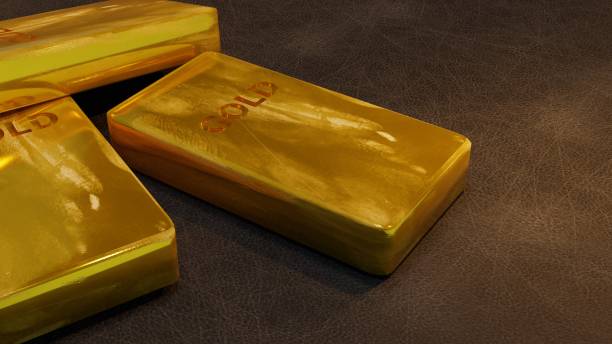Indians are fond of Gold. Gold is not only an excellent investment, but it’s also a fashion accessory and status symbol. It is auspicious to wear Gold or give Gold as a gift. People wear ornaments made of this attractive, shiny metal at weddings, festivals, parties, and other important events. It is simple to get a loan using your gold assets. Gold loans can be disbursed quickly and with lower interest rates.
Before you purchase Gold, it is important to know its purity. You can choose between hallmarked Gold (also known as KDM gold), 916 gold, and other types of Gold. Understanding the differences between these three types of Gold will help you decide which is best for your personal needs in terms of quality and purity.
What is Hallmark Gold?
The process of evaluating the purity and certification of Gold is known as hallmarking. The Bureau of Indian Standards (BIS) is responsible for this. If you see the BIS hallmark on your gold jewelry, it means that the BIS has set the standards. Customers can be confident that the Gold they purchase is strong and durable, as well as being of the purity stated. As hallmark gold is a reliable and trusted product, it’s easy to resell. If you buy 14K gold jewelry, 14 of the 24 parts are made up of pure Gold. The rest is an alloy. Gold is tested in any of the BIS’s 330 assaying centers located throughout the country. The laser engraving of a hallmark seal must have four elements. These are:
- BIS Hallmark Seal This laser inscription shows that the Gold has been completely purified, and its purity has also been authenticated by one of the BIS centers.
- Purity Mark in Karat
- 22K916 (91.6% Purity)
- 18K750 (75% Purity)
- 14K585 (58.5% Purity)
- The Assaying and Hallmarking Center’s Logo/Number: The final mark is the logo or number of the center where the Gold was evaluated to determine its purity. The logo is placed so that any discrepancies can be traced to the center.
- The identification mark of a jeweler: The jewelers and manufacturers of gold items put their identification marks.
What is KDM Gold?
KDM gold alloy is made of Gold and cadmium. It is made up of 92% gold and 8% cadmium. Even after melting, it retains its purity. Gold was fused to copper in the past, and the alloy contained 60% gold and 40% copper. Nevertheless, these alloys rendered the jewelry made from Gold after melting unpure. KDM gold was created to avoid this. KDM jewelry, however, was found to be harmful to both the wearers and artisans. The Bureau of Indian Standards has now banned it. Currently, alloys containing advanced solder metals such as Zinc and others like them are used.
916 Golden
916 gold is a name for 22 carats (22/24) or 916 gold. This is a way to determine the purity of the Gold in a final piece. 916 Gold is 91.6 grams of pure Gold per 100 grams of alloy. Similarly, 750 gold is 18 carats or 18/24. 958 Gold has 23 carats, or 23/24. Pure Gold is too soft for intricate jewelry. In the United States, delicate ornaments are made with 916 gold or 22-carat Gold. This is the most suitable Gold for this purpose.
What is the impact of different gold types on gold rates?
A number of factors influence gold rates in India, including currency fluctuations, the Indian jewelry market, supply and demand dynamics, purity levels, etc., and rates of Gold in India are influenced by several factors. Hallmarked Gold is in high order due to its purity and has a positive impact on gold prices. The 916 gold alloy is ideal for intricate jewelry, and it has a steady demand. KDM’s advanced technology and soldering techniques provide durability. It is a very popular choice for consumers, and this contributes to the order and price. In India, the gold price is determined by the market demand for these types of Gold.
Conclusion
I hope that this article helped you understand how to determine the purity of the Gold as well as distinguish between the different types of Gold. This article will help you to make an informed decision on what kind of Gold you should buy.




